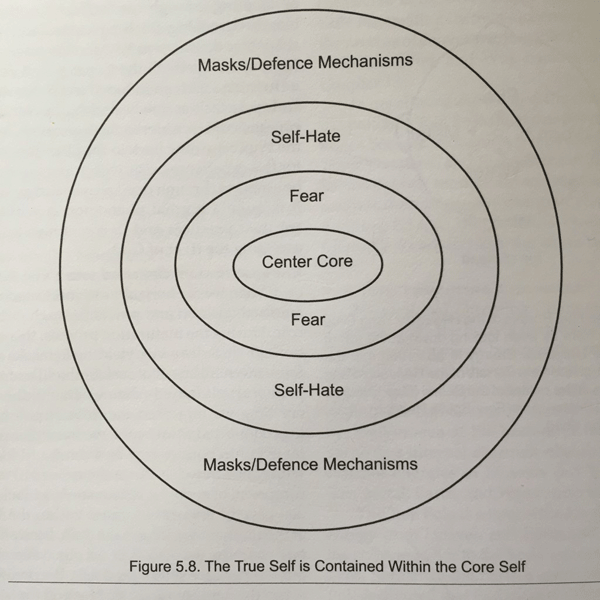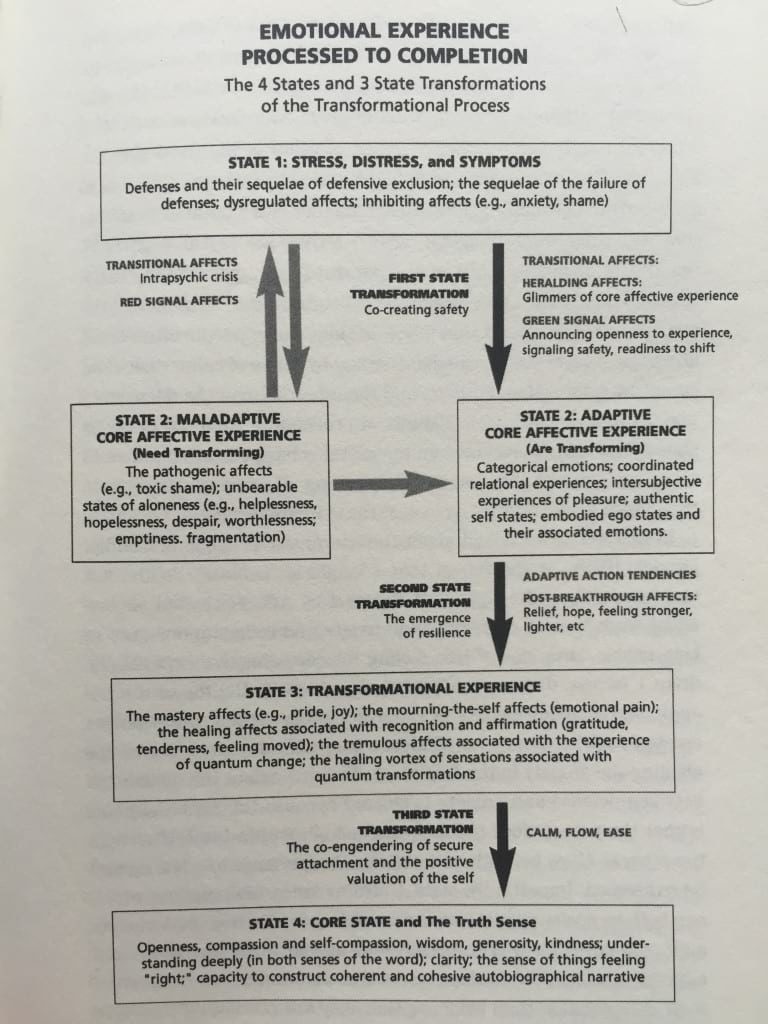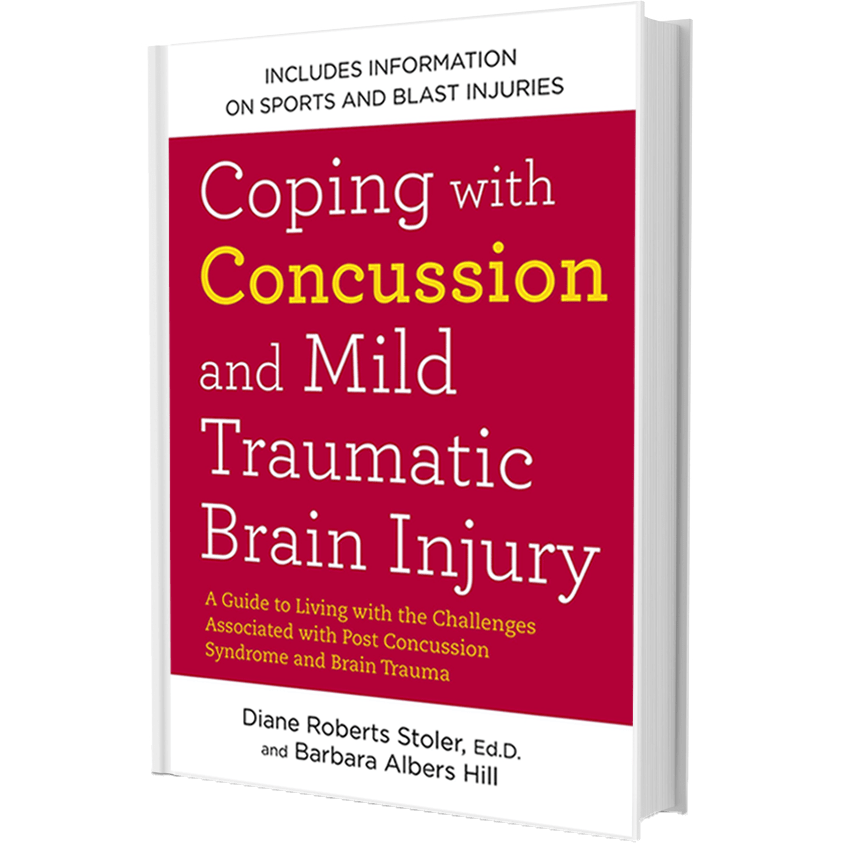Book Review: Restoring Resilience
As I’ve mentioned in previous blogs, Norton Publishing sends me various books to review for them. Restoring Resilience: Discovering Your Clients’ Capacity for Healing by Dr. Eileen Russell is the most recent such book. The format of this book is mainly directed to mental health providers, but the information provided could also be extremely useful to:
- Educators of individuals with special needs, aiming to assist these individuals in obtaining a better quality of life
- Those working in the prison system helping inmates to lead more productive lives
- People who work in Human Resource Departments, in order to help facilitate better working relationships between staff
- Members of clergy, to help them counsel their congregants effectively
- Counselors in drug and alcohol recovery programs, to help their clients heal and regain quality of life
- Counselors in homeless shelters, to help their residents gain hope and help
Restoring Resilience: Discovering Your Clients’ Capacity for Healing is divided into three parts:
- A definition of terms, including the concept of “resilience.”
- Methods used in restoring resilience, specifically AEDP (Accelerated Experiential Dynamic Psychotherapy)
- Vignettes of actual sessions, illustrating the importance of specific verbiage.
Dr. Russell divides the concept of resilience into two parts: resilience potential and resilient capacity. On page 27, Dr. Russell writes, “Briefly, the former refers to the innate possibility and force that works on behalf of the self at all times, and the latter is quantifiable factor: the maximum capacity a person has at any given point to flexibly adapt to adverse circumstances.” She further explains that she feels resilience to be inter- and intrapersonal, developmental, universal, and contextual. Contextual resilience, explains Dr. Russell, means that people are not always resilient in all situations. The individual’s situation determines the type resilience he or she develops. For example, if you were raised in an alcoholic family where violence was a part of everyday life, being resilient may mean you have developed a detached shell around yourself. A patient of mine named Jim Lahar had a useful phrase to define this concept: “The armor you build to protect yourself is the cage you live in.” Jim’s own armor helped him to cope with his dysfunctional environment. This is resilience, and it is adaptive. However, Jim was able to shift this armor and move on. Another of my patients, named Nancy, crystallizes this same idea as “not having the knife or fork.” Someone trying to survive finds a rock, and everything else in life becomes the nail. This individual doesn’t have the proper utensils for other situations. The individual is resilient, but the resilience has adapted to fit one specific area. Dr. Russell refers to this as maladaptive resilience: being stuck in a habitual pattern — you built the armor, and it becomes the cage — or being fundamentally stuck. I have a book on Chinese Medical Qigong Therapy by Dr. Jerry Alan Johnson. This book has over a thousand pages. But the one page that stands out, the page I show almost every patient who comes into my office, is page 108. This page shows a figure of 4 rings. The center is the Core Issue. The next ring is Fear, followed by the ring of Self-Hate, followed by the last ring Mask/Defense Mechanisms:
Dr. Johnson wrote, “I have found in my clinical practice that most patients’ pain comes not from the original trauma but from the unconscious belief system established to protect them from the trauma. In other words, more pain and illness is created in our bodies by avoiding working through the original trauma (through our habitual defense and avoidance patterns) than was present in the original trauma. It requires enormous amounts of energy to suppress feelings, and each time we do so, we create further injuries to ourselves.” This dynamic is also illuminated in the figure below from Restoring Resilience, created by Diana Fosha:
There are many methods that facilitate the restoration of adaptive resilience. One is creating a soothing, holding environment. Being present and reflective is also extremely important for transformation to adaptive resilience. Nancy, the patient I mentioned earlier, is a project manager who coined a very effective method. She calls it the “1.5.” It goes like this: First, we encounter someone with pain. We can see and feel their distress. This is the “1.” If you are empathic, you will ask the person what is wrong. The person will convey their situation to you, whether it be conflict, illness, dysfunction, or trauma. After hearing the situation, most people, including therapists, educators, and clergy, will offer a solution, a suggestion of how to fix the situation. This is a “2.” But often, after hearing the proposed solution, the individual will continue the maladaptive resilience, because he or she will feel as though his or her feelings and pain are not truly being acknowledged. Simply acknowledging and reflecting on the pain is the “1.5.” This “1.5” is a vital step in the process that will allow for the solution, the “2,” to be heard and adapted. Taking the time to acknowledge and reflect on the pain in the individual’s struggle is a necessary catalyst for change℠. Within each person, an inner light shines, illuminating the way forward. This light is hope. Illness, trauma, suffering and grief can diminish this light and shroud hope. The “1.5” allows for hope and change, which rekindles this inner light. And this is adaptive resilience. In Restoring Resilience, Dr. Russell explains how affect-oriented, experiential psychotherapy provides the tools necessary for achieving this goal. She illustrates this effectively, through clear explanations of the method and excerpts of actual therapy sessions. In the sessions Dr. Russell details, she highlights the specific words and phrases she chooses to help facilitate the process from maladaptive resilience to healing and then to restoring adaptive resilience. Dr. Russell’s approach and methods are clear and concise, and would benefit anyone who needs to discover the capacity for rekindling their inner light. -Dr. Diane (For more information on resilience check out my recent blog post!)




